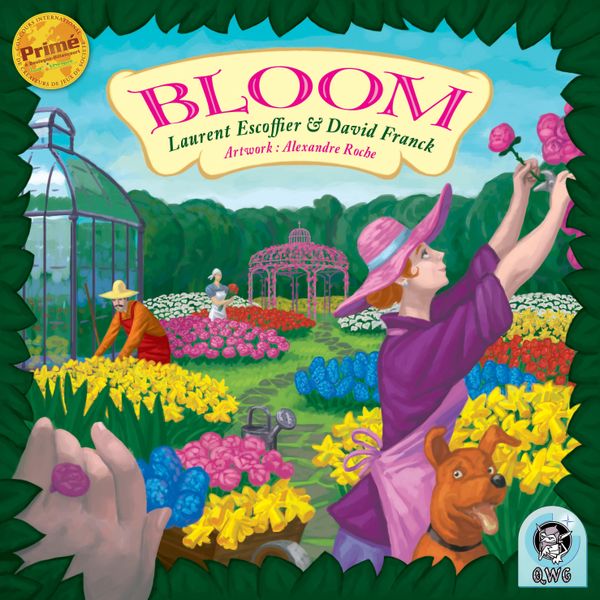Bloom (2008) Board Game
Bloom is an abstract strategy board game released in 2008, designed by Laurent Escoffier and David Franck, and published by Quined White Goblin Games. The game is set in a farming theme, where players compete to cultivate their fields and grow flowers. With a runtime of 60 minutes and suitable for players aged 8 and above, Bloom offers a mix of strategy and tile placement mechanics for an engaging gameplay experience.
Game Components of Bloom
How To Setup Bloom
To set up Bloom, each player is given a random game sheet and a writing implement. The start player rolls the six dice to begin the game. There is no complex setup required, making it quick and easy to get started.
Gameplay Mechanics and Game Objective
Mechanics
Game Objective
Player Experience
In Bloom, players focus on optimizing their own player sheet by carefully choosing which dice to use to fill in their flower beds. The game is simple yet engaging, with a fun twist where players don’t know what others are completing until someone yells “Bouquet!” This mechanic shifts the focus from hoping for the right dice to direct optimization of one’s own sheet. However, at lower player counts, the game can feel a bit solitary and fill in too quickly.
Pros
Cons
Personal Thoughts on Bloom
Bloom is perfect for those who enjoy roll-and-write games and are looking for a light, family-friendly experience. It’s ideal for short game sessions and is particularly suited for groups of 4-5 players. While it may not offer deep strategic gameplay, it provides a fun and casual experience that is easy to set up and play. If you enjoy games like these and need something to fill a short game slot, Bloom is a great addition to your collection. However, if you’re looking for a game with more complexity or solo play depth, you might want to consider other options.
We are supported by our audience. When you purchase through links on our site, we may earn an affiliate commission, at no extra cost for you. Learn more.

